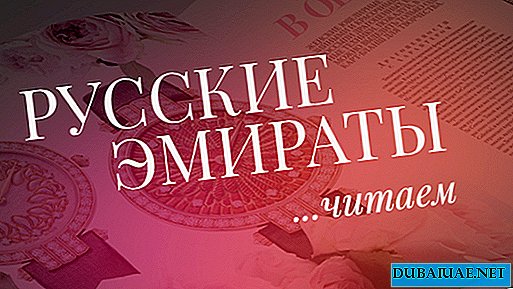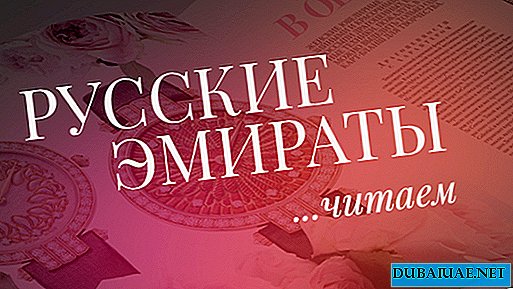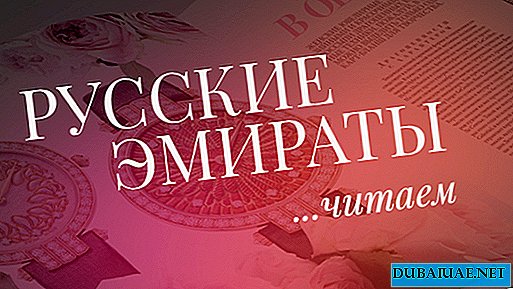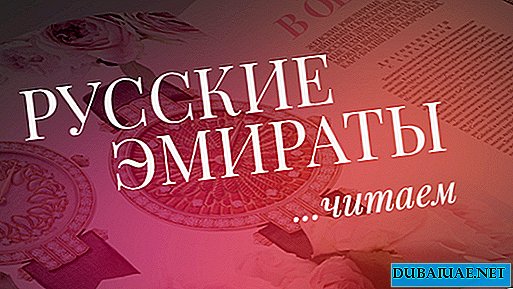 On the eve of Victory Day APPROVED remembers those we gave it: shed blood for their homeland, fighting enemies on the battlefield, worked day and night in the rear, SAVING WOUNDED AND PROVIDING fighters with everything you need to cover the event, elevates the spirit and inspires HOPE.
On the eve of Victory Day APPROVED remembers those we gave it: shed blood for their homeland, fighting enemies on the battlefield, worked day and night in the rear, SAVING WOUNDED AND PROVIDING fighters with everything you need to cover the event, elevates the spirit and inspires HOPE. Text: Katerina Baginskaya, art expert, founder of the Baginskaya Gallery & Studio
It so happened historically that every war or revolution inspires artists to new canvases of the battle genre. They reflect the themes of war and military life, great battles, the emotions of soldiers and ordinary people. The works are designed to perpetuate the event, to exalt the heroes, to awaken patriotic feelings. Along with this classic genre, whose roots go back a long way, there is a poster that became widespread in the 19th century (before that there were only a few works of this art form). The poster was of a propaganda or cognitive nature. And in the XX century, its use has expanded significantly. Let us recall the artists of the period of the Great Patriotic War of 1941-1945, their contribution to the victory over fascism and their influence on people in the post-war years.
The battle genre of fine art has existed since ancient times. In antiquity, gods and heroes were in constant confrontation, which is imprinted on the Roman triumphal arches, on the gables and friezes of eastern temples. In the Middle Ages, the theme of the battle was present in book miniatures, icons, and even carpets. The Renaissance has contributed to strengthening the popularity of the battle genre. Paolo Ucello, Piero della Francesca, Leonardo da Vinci, Michelangelo, Titian and Tintoretto - this is an incomplete list of Italian Renaissance artists who popularized this genre. Outside of Italy, in the XVII century, the Frenchman J. Callot in his etchings exposed the cruelty of the soldiers. The canvases of the Spaniard Diego Velazquez have a socio-historical significance, and the military events imprinted on canvas carry a deep ethical meaning. The battle canvases of the Flemish Peter Paul Rubens are full of dynamics and drama. Artists of a later period began to manipulate the composition in order to exalt the hero of events.
 In the 18th century, a patriotic battle genre appeared in Russia, such as the Battle of Kulikovo and the Battle of Poltava, attributed to Ivan Nikitin, as well as the works of Grigory Ugryumov and Mikhail Ivanov. At the turn of the XIX-XX centuries, with the development of realism, changes also took place in the battle picture: landscape, genre and psychological aspects intensified. If the artists of past years set the task of exalting the commander, now their attention has been drawn to everyday scenes and emotions of ordinary soldiers, as, for example, in the paintings of Pavel Kovalevsky and Vasily Polenov. The sea battle picture flourishes in Russia thanks to Ivan Aivazovsky and Alexei Bogolyubov. It is also worth noting the incredibly true work of Vasily Vereshchagin, condemning militarism, the epic of the people's military exploits of the hands of Vasily Surikov, the old Russian epic retold by Viktor Vasnetsov, and battle panoramas created by Franz Roubaud.
In the 18th century, a patriotic battle genre appeared in Russia, such as the Battle of Kulikovo and the Battle of Poltava, attributed to Ivan Nikitin, as well as the works of Grigory Ugryumov and Mikhail Ivanov. At the turn of the XIX-XX centuries, with the development of realism, changes also took place in the battle picture: landscape, genre and psychological aspects intensified. If the artists of past years set the task of exalting the commander, now their attention has been drawn to everyday scenes and emotions of ordinary soldiers, as, for example, in the paintings of Pavel Kovalevsky and Vasily Polenov. The sea battle picture flourishes in Russia thanks to Ivan Aivazovsky and Alexei Bogolyubov. It is also worth noting the incredibly true work of Vasily Vereshchagin, condemning militarism, the epic of the people's military exploits of the hands of Vasily Surikov, the old Russian epic retold by Viktor Vasnetsov, and battle panoramas created by Franz Roubaud.
Against the backdrop of a rapidly changing world, new discoveries and inventions of the twentieth century, there is a rethinking of the role of art in society. This also affected the battle genre, which underwent radical changes, significantly expanding its borders and gaining a new artistic meaning. The deeply emotional, symbolic images created by Pablo Picasso, Jose Orozco, Maruki Iri and many others protest against fascism, wars, cruel and inhuman treatment of people.
The Soviet battle painters praised first of all the love for the Motherland, the steadfastness and courage of the soldiers, the unity of the army and people. During the Great Patriotic War, the image of a patriotic hero fighting for his homeland was of interest to artists no less than the images of the great commanders. For example, “Defense of Sevastopol” by Alexander Deineka is full of drama. The artist not only perpetuated the great event of 1942, but also magnified the ordinary soldier - this is the main difference between the battle-painters of the twentieth century.
While paintings with battle scenes were not accessible to everyone, the poster gained particular popularity - after all, it was he who, with the seeming simplicity of expressing thoughts and visual images, had a strong impact on the minds of ordinary people. At the beginning of the century, Kazimir Malevich, El Lissitzky, the Shtenberg brothers became interested in him, and with the beginning of World War II, the poster began to play one of the leading roles in the propaganda activities of the Soviet government.
One of the most significant works is the poster "Motherland is calling!" Irakli Toidze. The artist began to paint a picture immediately after the announcement of the Sovinformburo on June 22, 1941 about the beginning of the war, and already in July a poster depicting a mother calling for the defense of the Motherland was printed in a multi-million circulation.
 A strong-willed mother mother pierced piercingly from the walls of entrance factories, train stations, assembly centers, government offices, collective farm offices, home kitchens and simply fences. The image of the Fatherland in the face of a simple woman became so popular that it was repeatedly reprinted. An important role was played by the propaganda posters "TASS Windows". They were designed to perform the same functions as ordinary posters, but their significant difference was the brightness of the image and the minimum production time, which allowed you to instantly respond to events. Tassov posters were produced in small print runs, as they were created manually using a stencil.
A strong-willed mother mother pierced piercingly from the walls of entrance factories, train stations, assembly centers, government offices, collective farm offices, home kitchens and simply fences. The image of the Fatherland in the face of a simple woman became so popular that it was repeatedly reprinted. An important role was played by the propaganda posters "TASS Windows". They were designed to perform the same functions as ordinary posters, but their significant difference was the brightness of the image and the minimum production time, which allowed you to instantly respond to events. Tassov posters were produced in small print runs, as they were created manually using a stencil.
The studio of military artists named after Mitrofan Grekov plays a special role in creating political and campaign leaflets. It was created in 1934 and had an educational character, and since 1940 has united professional artists. During the war years, the students served in the army, making full-scale sketches, painted portraits of heroes, engaged in front-line printing, and created war sheets and cartoons. In the post-war period, the theme of feat was often used in painting, as, for example, in the paintings “Mother” by Boris Nemensky and “Victory” by Pyotr Krivonogov. In many cities of the Soviet Union, as well as abroad, monumental monuments of military glory were created. On the one hand, this strengthened the patriotic feelings of the people, and on the other, it perpetuated the most important events in the history of the Fatherland. And thanks to the efforts of journalists, writers, photo and video reporters, directors and cameramen, artists and all those who carefully collected and carefully kept materials related to the events of those years, we have the opportunity even now to restore the chain of events, evaluate and make conclusions so necessary for making the right decisions in the future.









